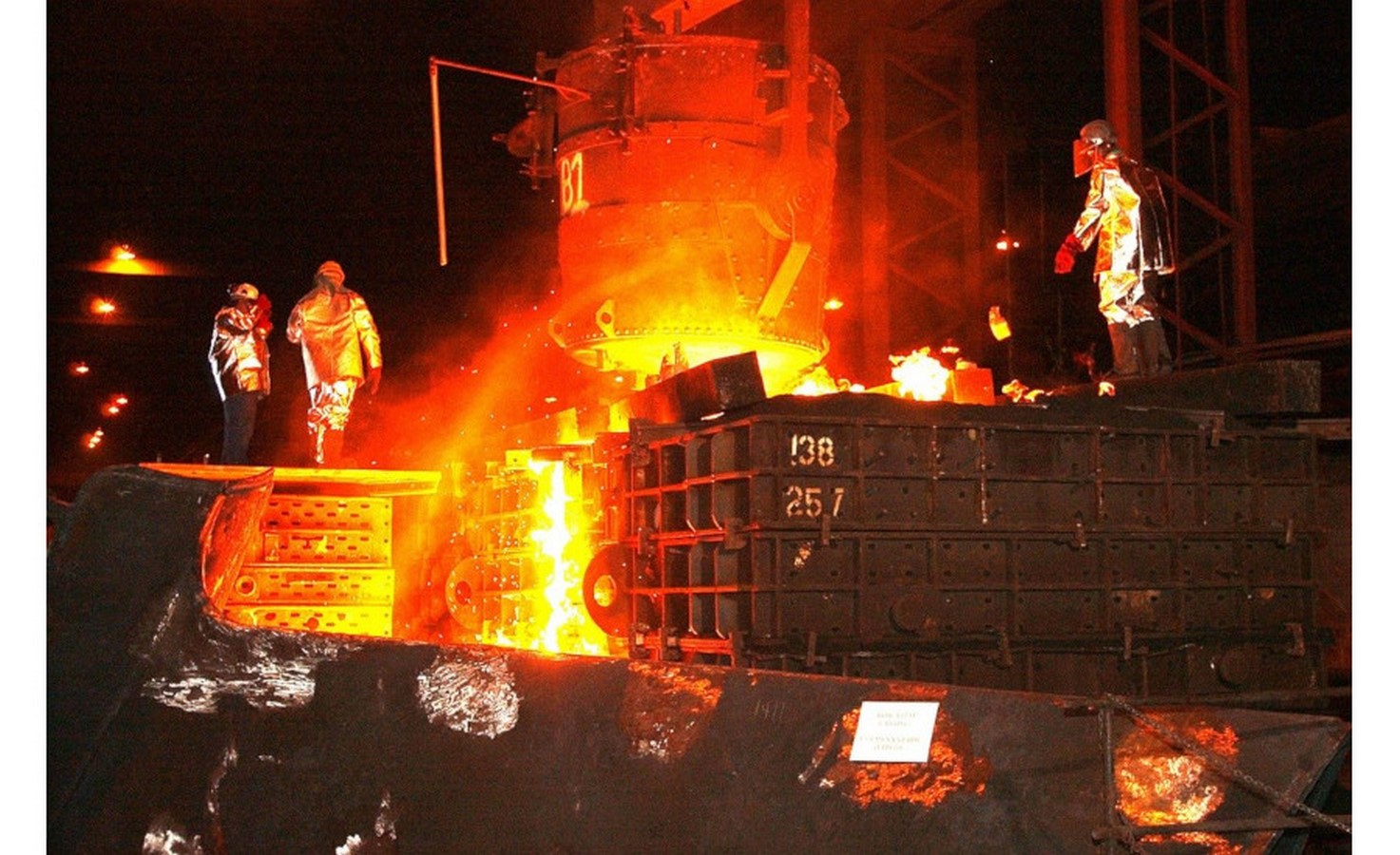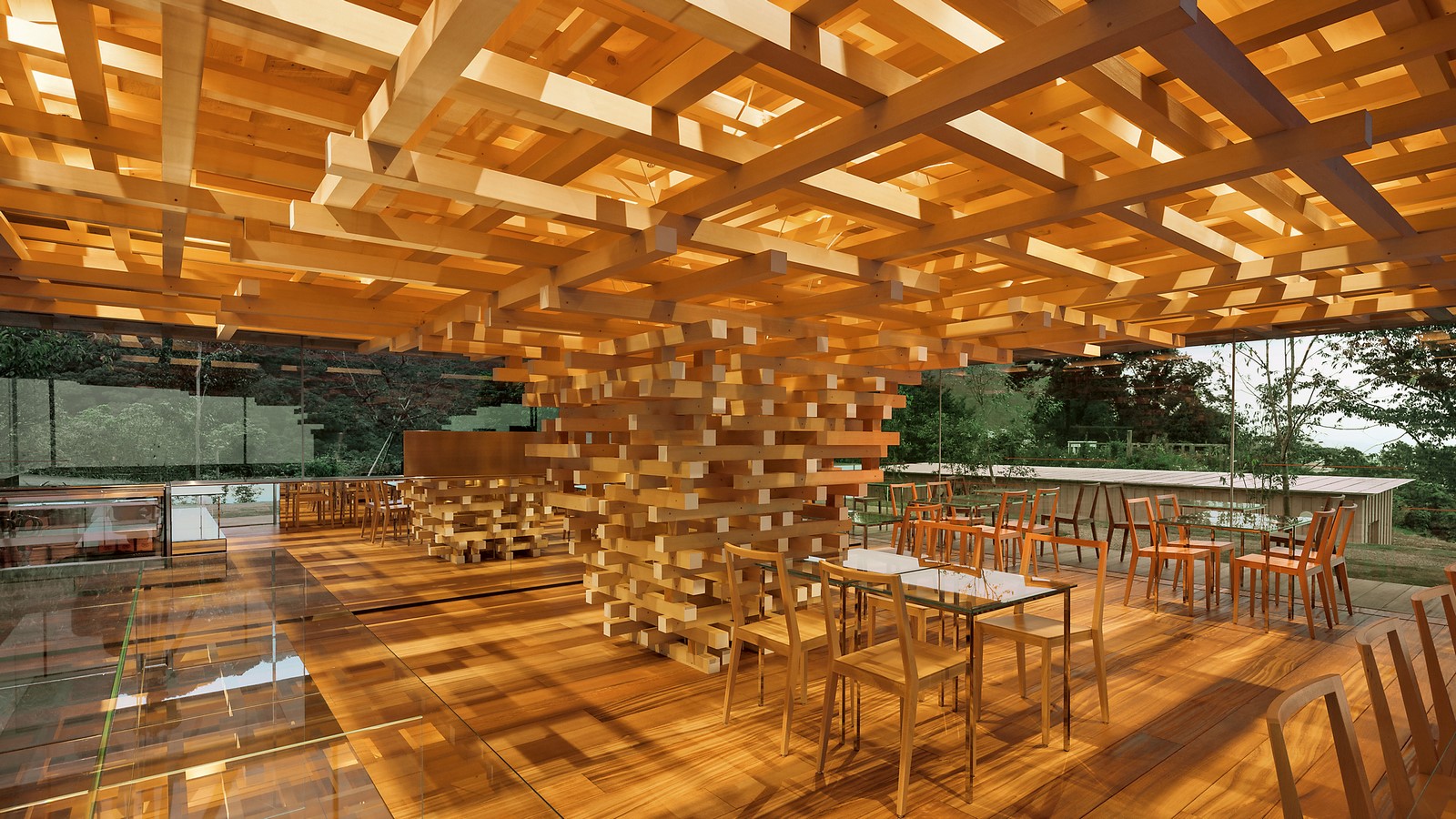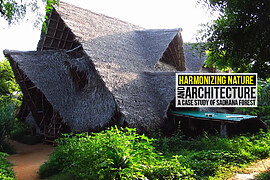Climate change is an inevitable process of nature. But since the 1800s, humans have fueled this process rather rapidly by burning fossil fuels like coal, oil, and gas. Climate change and its effect affects nature and harms animal life, people’s livelihood, and communities. This crisis brings intense drought in many places, escalating heavy rainfall, heat waves, melting glaciers, rising sea levels, and warming of the oceans. The greenhouse effect has one of the primary roles to play in this predicament, as the heat generated by the sunlight gets trapped in the insides of the Earth, leading to an increase in the earth’s average yearly surface temperature.

According to the Intergovernmental Panel on Climate Change’s sixth assessment report published in 2021, the emission of heat from trapping gases caused by human-made activities has warmed the climate by 1.1-degree Celsius since pre-industrial time (1750). The global average temperature is expected to increase by another 1.5-degree Celsius. This concept is for detecting and tracking the changes in Earth’s energy, which is done by noting how much sunlight Earth absorbs minus how much heat it radiates back to space over time.
The temperature rise will affect the whole of Earth causing severe distress to all living systems. The greenhouse effect leads to the generation of gases such as Carbon Dioxide (CO2), Nitrous Oxide (N2O), Methane (CH4), Ozone (O3), Halocarbons, and Water Vapour. Out of these gases, Carbon Dioxide is produced in excess in nature, and higher production of Carbon Dioxide (CO2), leads to an increase in the severity of climate change, and this depends on the human activities done in the future.
Effects of Climate Change on the Construction Industry
Climate change has a prominent effect on the construction industry. This industry is responsible for 39% of carbon emissions globally, of which 28% is from energy consumption by the buildings, which is called the Operational Energy used to maintain the building during its life period, and 11% is from construction materials which are known as Embodied Energy.
Operational Energy is used to warm or cool down the insides of our homes, and we do that by burning fuels which release a lot of carbon dioxide into the atmosphere. This method is used when the homes are not designed to self-insulate or self-ventilate.
Embodied Energy is generated by the production and supply of materials or products and the construction process too.
A standard methodology used to accurately measure carbon footprint and other environmental impacts created by the materials and the products and to get an overview of how your building will affect the environment during its whole life-cycle is called Life Cycle Assessment.
Steel production
Reinforced concrete is a combination of two materials. The other material involved is steel which is also much in demand. The life of steel is quite long and is easy to recycle, but the production of this material makes it one of the contributors to climate change. It is produced by heating coal to a high temperature, which is the raw material and uses of fossil fuels. Every ton of steel produced emits around 1.8 tonnes of carbon dioxide. It also produces harmful pollutants like carbon monoxide (CO), nitrous oxide (N2O), and sulphur dioxide (SO2), which also contribute to acid rain, damaging soil and crop production. The heating of coal also emits a substance called naphthalene which can cause cancer.

Timber as a material
Timber is a material that has been in use for quite some time. It was traditionally used in many countries but was less seen as a potential construction material and was ruled over by reinforced concrete, steel, and bricks. Today, timber is considered one of the most sustainable construction materials that help in reducing the carbon footprint. The carbon dioxide emission by cement and steel can be avoided with the use of timber. It also helps in contracting carbon dioxide as it is made out of wood which is one of its characteristics. In this scenario, an additional plantation would be required, especially the fast-growing bamboo.
Building Materials and their effect on Climate Change

Building materials like reinforced concrete, brick, glass, steel, etc., have a lot of embodied energy due to the methods and materials adapted in the production. The production of reinforced concrete involves cement, and its embodied energy is about 7.8MJ/Kg (MegaJoules per Kilogram). This material ends up producing a lot of carbon dioxide. According to the increasing need for cement around the world, the production of cement itself will reach five billion metric tons, which means about 4 billion tons of CO2 will be produced. In the construction industry, nearly 40% of carbon dioxide is produced from cement only, making this material a major factor in global warming.

Bricks production | Climate Change and its Effect
The production of bricks is done with the help of brick kilns. Brick Kilns contaminate the air quality and produce toxic gases that affect human health. This method produces gas that is known as black carbon. It damages the environment and also damages the soil and crop production in the surroundings. It also leads to high rates of respiratory disease and premature deaths of workers and nearby communities. These kilns emit over 1072 million tons of carbon dioxide and burn 375,000,000 tonnes of coal every year globally.

Conclusion
The rapid rise in climate change needs to be addressed by all humans as it is going to affect every single one of us. We need to take steps that aid the rising global warming and stick to the minimum level of temperature growth. As architects, we need to analyze the materials and our design that don’t harm the environment and the people around us. Choosing a more sustainable manner is the only way to lead a healthy life.
Citation
- (LINDSEY and DAHLMAN, 2022)
- (Climate change and health, 2022)
- (Jackson, 2022)
- (Effects of Climate Change | Threats | WWF, 2022)
- (Climate change explained: read our easy guide for construction specialists, 2022)
- Petkar, Sanket. (2014). Environmental Impact Of Construction Materials And Practices. 10.13140/RG.2.1.2581.0001.
- (Sustainable Steel: What’s Climate Change Got to Do with Steel? | ClimateScience, 2022)
- (Environmental Impact of Brick Kilns | Habla Zig Zag Kilns, 2022)
- (Souza, 2022)
- (Change in Construction Materials Could Transform Buildings Into a Global CO2 Sink, 2022)
- (How The World Of Building Materials Is Responding To Climate Change, 2022)























